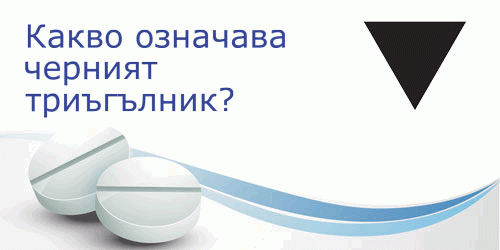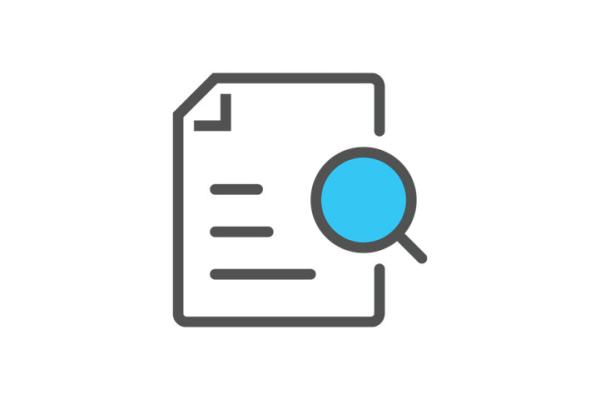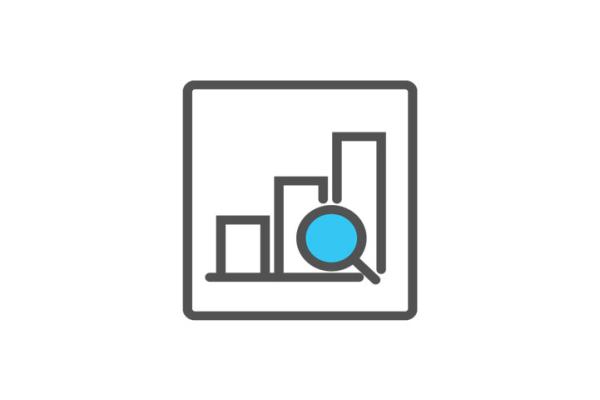Pharmacovigilance is the process and science of monitoring the safety of medicines and taking action to reduce the risks and increase the benefits of medicines. It is a key public health function.
The EU pharmacovigilance system is one of the most advanced and comprehensive in the world and represents a robust and transparent instrument to ensure a high level of public health protection throughout the EU. It provides a system for monitoring the safety of medicines on the European market through prevention, detection and assessment of adverse reactions to medicines, including those due to medication errors and overdose. In addition, patients can report adverse drug reactions directly to the competent authorities.
Pharmacovigilance activities
- Collecting and managing data on the safety of medicines
- Looking at the data to detect "signals" (any new or changing safety issue)
- Evaluating the data and making decisions with regard to safety issues
- Pro-active risk management to minimise any potential associated risks
- Acting to protect public health (including regulatory action)
- Communicating with and informing stakeholders and the public
- Audit of the outcomes and key processes involved.
Those involved in pharmacovigilance
- Patients who are the users of medicines
- Doctors, pharmacists, nurses and other health care professionals
- Regulatory authorities, including the Commission, the European Medicines Agency (EMA) and national authorities
- The EMA's Pharmacovigilance Risk Assessment Committee (PRAC)
- Pharmaceutical companies and companies importing or distributing medicines.
Legal framework
The legal framework of pharmacovigilance for medicines marketed within the EU is provided for in Regulation (EC) No 726/2004 with respect to EU authorised medicinal products and in Directive 2001/83/EC with respect to nationally authorised medicinal products (including those authorised through the mutual recognition and decentralised systems).
In addition, Commission Implementing Regulation (EU) No 520/2012 outlines the practical details to be respected by marketing authorisation holders, national competent authorities and the EMA and Commission Commission Delegated Regulation (EU) No 357/2014 on post-authorisation efficacy studies specifies the situations in which such studies may be required.
Black Symbol
The Black Symbol identifies medicinal products that are subject to additional monitoring. The black symbol allows patients and healthcare professionals to identify these products, and the accompanying text encourages them to report unexpected adverse reactions through national reporting systems.
In 2019, the Commission published a report on the experience of monitoring the safety of certain medicines. The report, which is based on experience reported by EMA and national authorities, gives an overview of the experience between 2013-2016 for medicines that included a black triangle in their product information and are being monitored particularly closely, generally because there is less information available about them.

For more information on this symbol, see:
Report on pharmacovigilance related activities
- 2015-2018 period
- 2012-2014 period
- Report: Publication format - Original document
- Staff Working Document: Publication format - Original document
Related information





